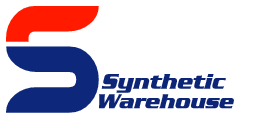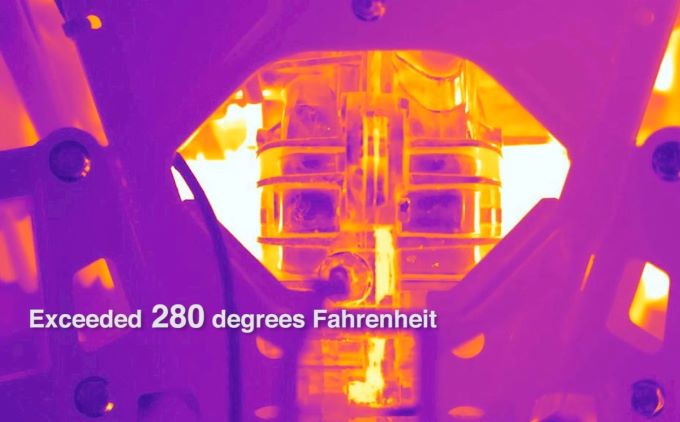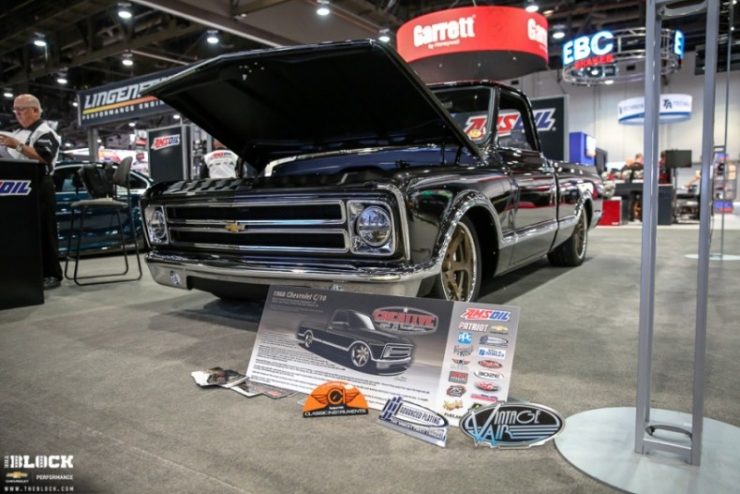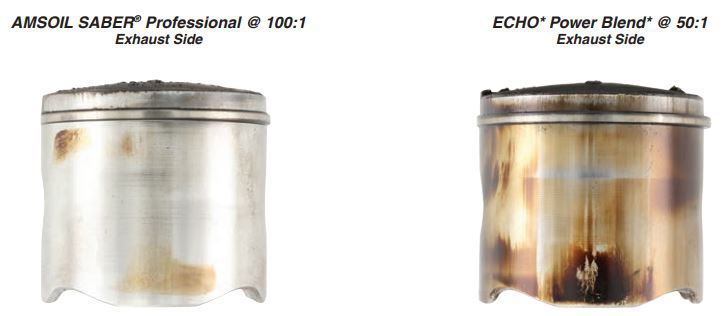207,111 MILES – A PART-BY-PART ANALYSIS
What We Learned After Putting More than 200,000 Miles on this Harley-Davidson*
It’s no secret that we go the extra mile when it comes to product testing. In the case of our 2012 Harley-Davidson, we went 207,111 miles. Since arriving at the AMSOIL mechanical lab in March 2015, the bike has been a fixture on our SuperFlow CycleDyn engine dynamometer. It has served as the proving test grounds for several different motorcycle oil formulations. After several rounds of testing spanning more than two years, here are the highlights of the bike’s eventful time in the AMSOIL mechanical lab.
THE MOTORCYCLE
2012 Harley-Davidson FXDB Dyna* Street Bob* 1584-cc engine
THE TESTING
All totaled, we ran 14 different tests using the Harley. We typically tested candidate motorcycle oil formulations with the goal of constantly improving the final product available to customers. To do that, we designed a 250-hour (about 14,000 miles) proof-of-performance test designed to create a motorcycle oil’s biggest enemy – heat.
The computer-controlled engine dyno is programmed to hold the bike at a steady 55 mph, alternating between low-torque (25 ft. lbs.) and high-torque (57 ft. lbs.) conditions to simulate high – way cruising punctuated by periods of hill climbing. A 25-hp fan directs air over the engine, simulating airflow at highway speeds.
Early on, we discovered that the rear cylinder was abnormally hot compared to the front. We realized lack of airflow was to blame. When a rider is sitting on the bike, his or her legs deflect cooling air over the rear cylinder. To recreate this scenario, we construct – ed a metal shield that mimics the effect of someone sitting on the bike, resulting in accurate rear-cylinder temperatures.
250-HOUR TEST BY THE NUMBERS
260ºF – Avg. Oil Temp
2,475 – Avg. rpm
383º – Avg. Rear Cylinder Head Temp.
266º – Avg. Front Cylinder Head Temp.
1,459º – Avg. Max. Exhaust Temp.





